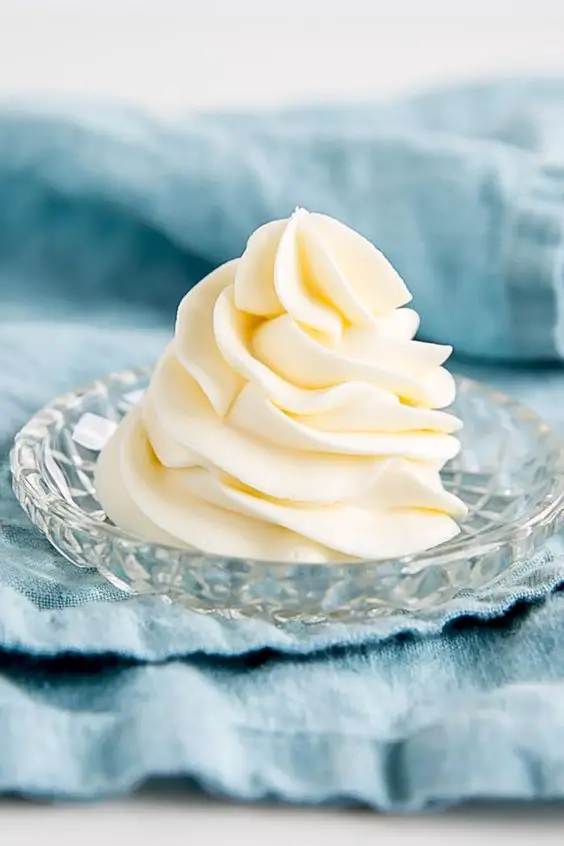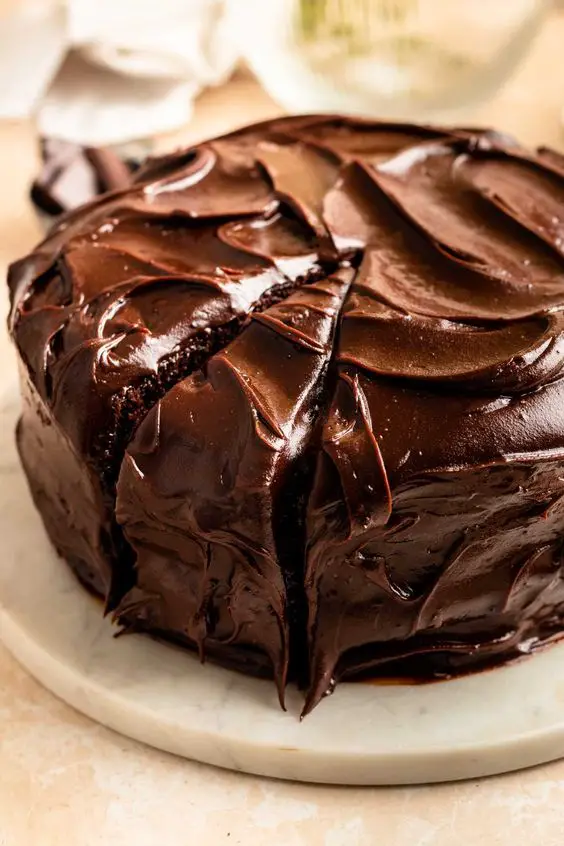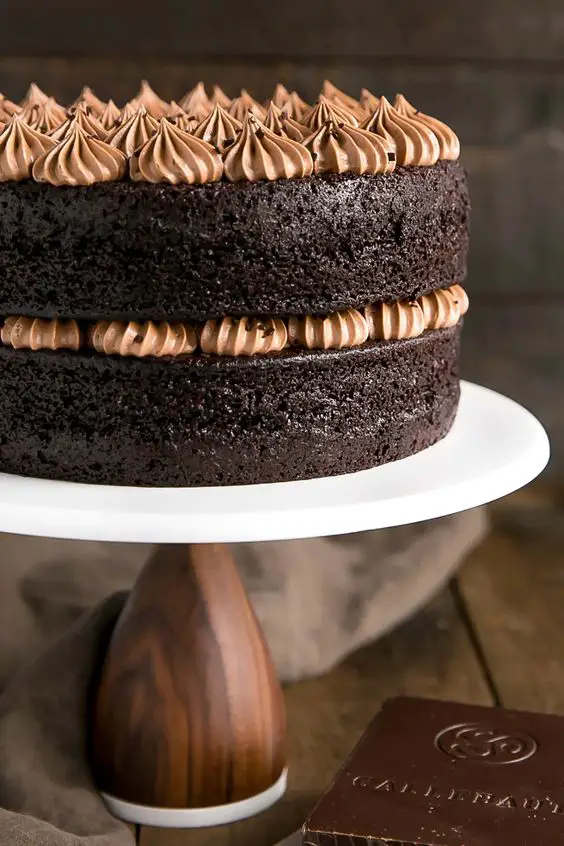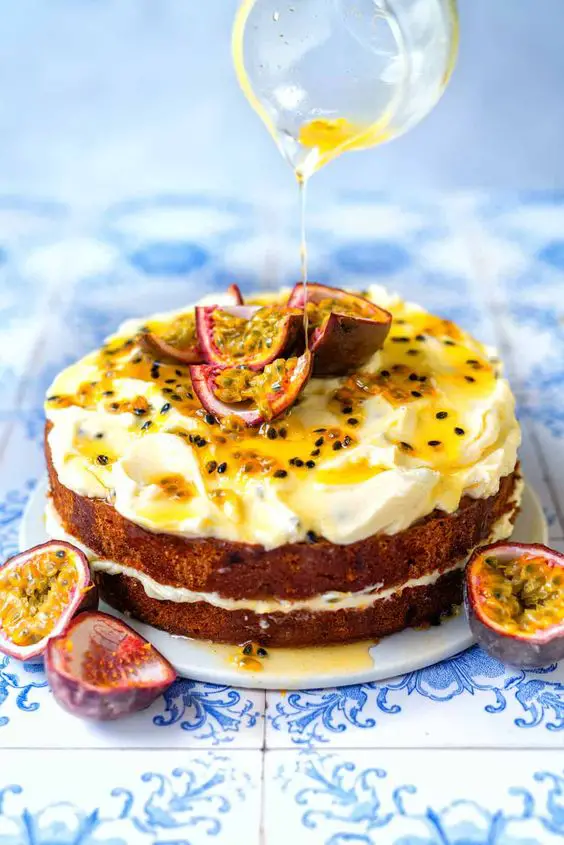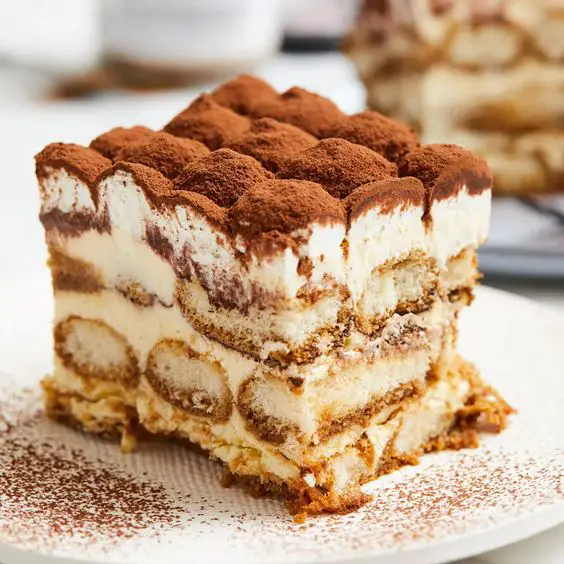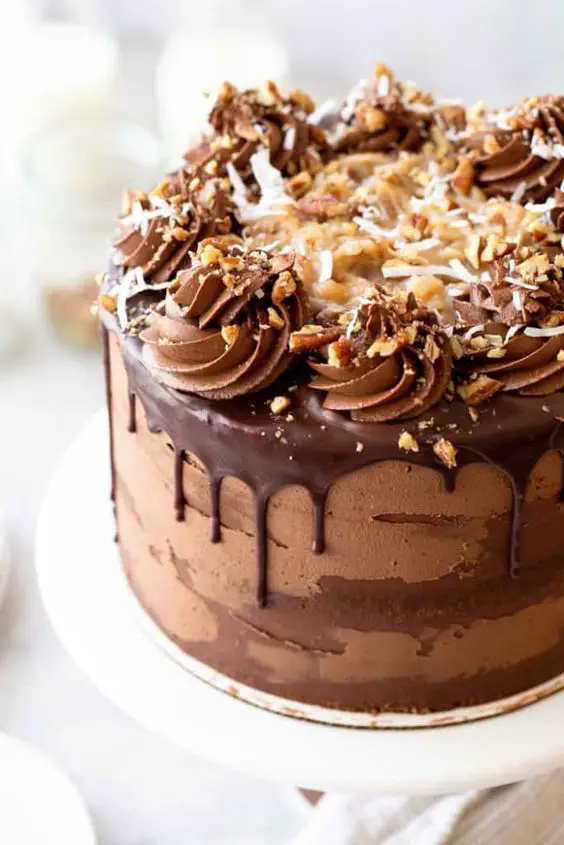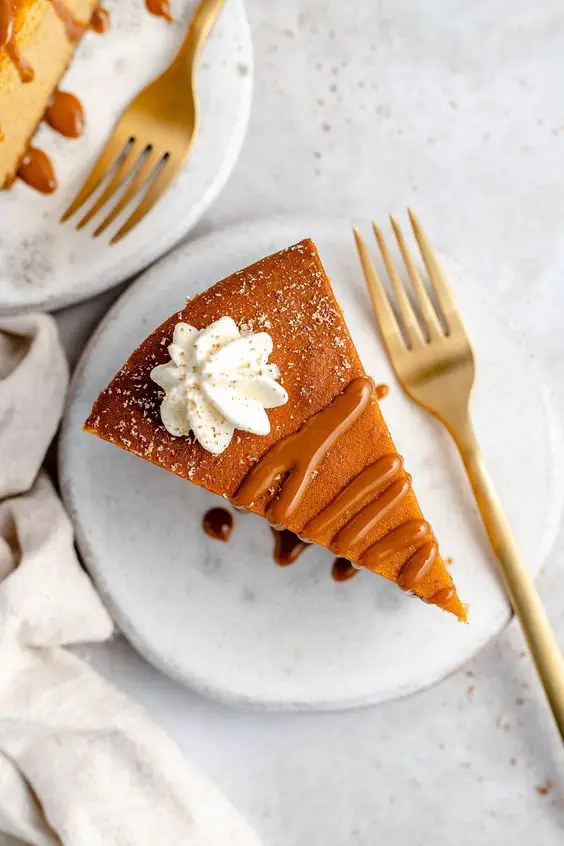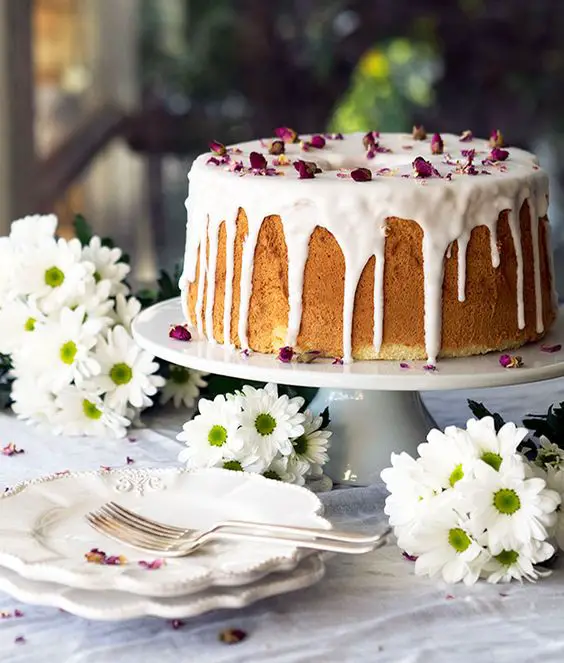Ermine Buttercream, also known as “cooked flour” or “heritage” frosting, is a classic and time-honored frosting that has been a favorite in baking for generations. What sets Ermine Buttercream apart is its unique method of preparation, which involves cooking a portion of the frosting’s ingredients into a thick roux or pudding-like base. This base is then whipped into a creamy, buttery consistency, resulting in a lusciously smooth and light frosting.
Ermine Buttercream is loved for its subtle sweetness, remarkable stability, and versatility in flavoring. Its soft, silky texture makes it ideal for filling, frosting, or decorating cakes, cupcakes, and other baked goods. Whether you’re looking for a delightful frosting to complement your favorite cake or a timeless recipe that’s been passed down through the ages, Ermine Buttercream is a wonderful choice with a rich history in the world of baking.
What is Ermine Buttercream?
Ermine Buttercream, also known as “cooked flour” or “heritage” frosting, is a classic frosting made by cooking a portion of the ingredients into a roux-like base, which is then combined with butter to create a smooth and creamy frosting. Here’s a breakdown of its key characteristics:
Ingredients:
- Milk: The base of Ermine Buttercream is typically made with milk.
- Sugar: Granulated sugar is added for sweetness.
- Flour: All-purpose flour is used to thicken the base.
- Butter: Unsalted butter is beaten into the thickened base.
- Vanilla Extract: Vanilla extract is often added for flavor.
Preparation:
- To make Ermine Buttercream, a portion of the milk and sugar is heated on the stove to dissolve the sugar and create a sweet milk mixture.
- Flour is added to the sweet milk mixture, creating a roux-like paste. This paste is cooked until it thickens and has a pudding-like consistency.
- The roux-like base is then cooled to room temperature.
- Softened butter is beaten until creamy, and the cooled roux is gradually added to the butter, with vanilla extract for flavor. The mixture is whipped until it becomes smooth and light.
Texture and Flavor:
- Ermine Buttercream has a silky and light texture. It’s less sweet compared to many other buttercream frostings, allowing the flavor of the cake to shine through.
- The texture is ideal for frosting, filling, and decorating cakes and cupcakes.
- It can be flavored with various extracts, including vanilla, almond, or citrus, to customize the taste.
Ermine Buttercream is known for its excellent stability and is less likely to melt in warm temperatures compared to traditional buttercream made with powdered sugar. It is a popular choice for those who prefer a frosting that is not overly sweet and want a smoother, more mellow taste that complements the cake or cupcakes it adorns.
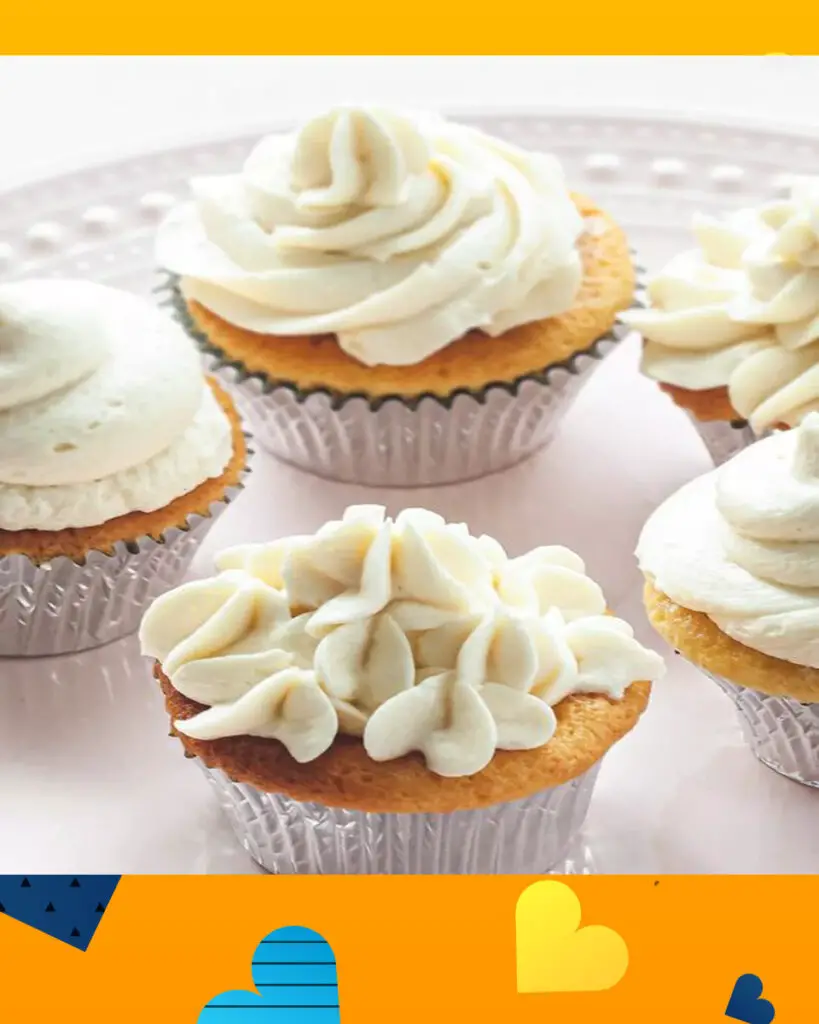
Can I make Ermine Buttercream in advance?
Yes, you can make Ermine Buttercream in advance. In fact, preparing it ahead of time can be quite convenient for your baking and decorating needs. Here’s how to do it:
- Prepare the Buttercream: Follow the recipe for Ermine Buttercream as usual, including making the roux (flour and milk mixture) and whipping it into the softened butter.
- Cool and Store: After you’ve made the buttercream, allow it to cool to room temperature. Once it’s at room temperature, transfer it to an airtight container.
- Refrigerate: Store the container with the buttercream in the refrigerator. It can be refrigerated for up to a week without any issues.
- Bring to Room Temperature: When you’re ready to use the buttercream, take it out of the refrigerator and allow it to come to room temperature. It may be firmer when cold, but it will soften as it warms up.
- Re-whip: Before using the buttercream, give it a good re-whip with a hand mixer or stand mixer. This step helps restore the smooth and creamy texture that Ermine Buttercream is known for.
By following these steps, you can prepare Ermine Buttercream in advance, saving time and making it convenient for your cake decorating or frosting needs.
Can I color Ermine Buttercream?
Yes, you can color Ermine Buttercream to achieve the desired shade for your cake or cupcakes. Coloring Ermine Buttercream is a straightforward process. Here’s how to do it:
What You’ll Need:
- Gel or liquid food coloring (gel is recommended for vibrant colors)
- Ermine Buttercream
Instructions:
- Prepare Ermine Buttercream: Make sure your Ermine Buttercream is ready to use. It should be at room temperature for best results.
- Start with a Small Amount: Gel food coloring is concentrated, so begin with a small amount. You can always add more if needed.
- Add the Food Coloring: Using a toothpick or a clean, food-safe paintbrush, dip it into the food coloring and then transfer the coloring to your buttercream. This allows you to control the amount you add.
- Mix Thoroughly: Use a hand mixer or stand mixer to mix the color into the buttercream. Start at a low speed to avoid splattering, and gradually increase the speed as the color blends in.
- Check the Color: Once the color is evenly distributed, assess if it’s the desired shade. If it’s too light, you can add more food coloring and repeat the mixing process until you achieve the color you want.
- Be Cautious with Dark Colors: For very dark or intense colors, it’s important to note that too much food coloring can alter the consistency of the buttercream. If you need very dark colors, it may be helpful to use a no-taste red or black gel coloring to avoid adding excessive liquid.
Remember that Ermine Buttercream takes color well, so a little goes a long way. Start with a small amount of food coloring, and gradually add more as needed to reach your desired shade.
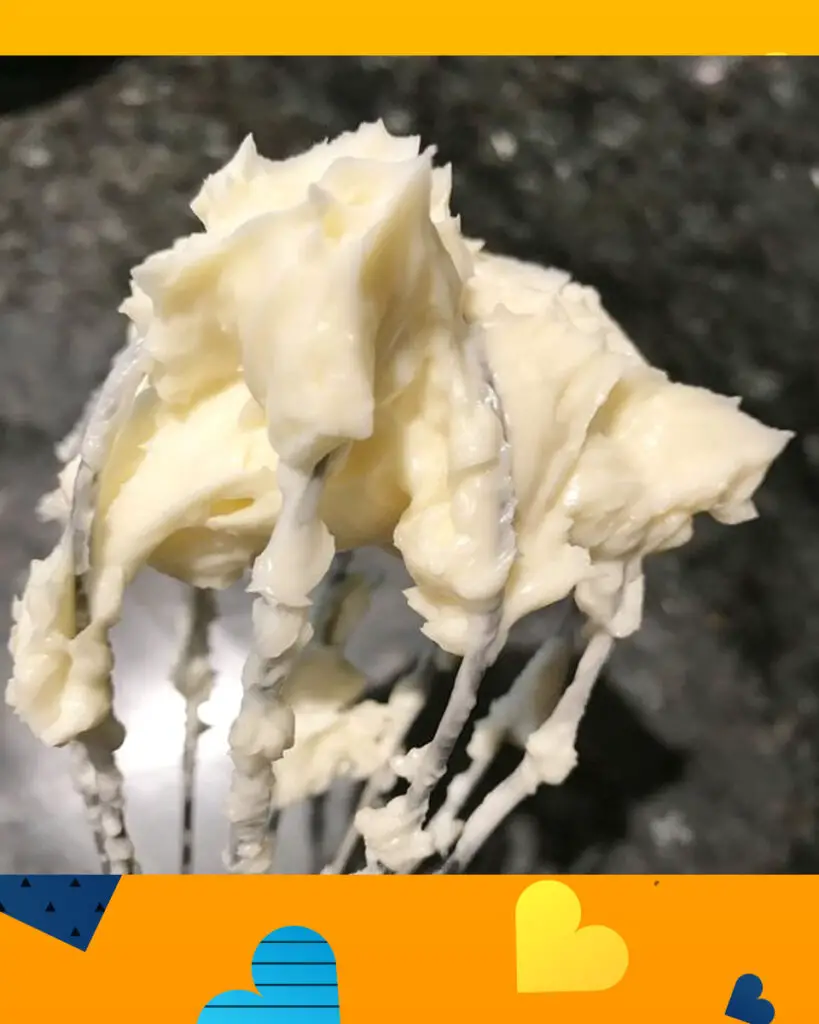
Ermine Buttercream Recipe
Ingredients:
For the Pudding-Like Base:
- 1 cup whole milk
- 1 cup granulated sugar
- 1/4 cup all-purpose flour
- 1/4 cup unsweetened cocoa powder (for chocolate Ermine Buttercream)
For the Buttercream:
- 1 cup (2 sticks) unsalted butter, softened to room temperature
- 1 teaspoon pure vanilla extract (or other flavor extracts as desired)
Instructions:
For the Pudding-Like Base:
- In a medium saucepan, whisk together the sugar, flour, and cocoa powder (if making chocolate Ermine Buttercream).
- Gradually whisk in the milk to form a smooth mixture.
- Place the saucepan over medium heat and cook, stirring constantly, until the mixture thickens and resembles a thick pudding or custard. This may take 5-7 minutes. It’s crucial to cook it until it’s thick, with no raw flour taste.
- Once the pudding-like base is thickened, remove it from heat and let it cool to room temperature. You can transfer it to a bowl and cover it with plastic wrap, pressing the wrap directly against the surface of the base to prevent a skin from forming.
For the Buttercream:
- In a mixing bowl, beat the softened butter until it’s creamy and smooth. This may take 2-3 minutes.
- Gradually add the cooled pudding-like base to the butter, one spoonful at a time, while continuing to beat the mixture. Ensure each addition is well incorporated before adding more.
- After all the base is added, continue to beat the mixture until the buttercream becomes smooth, light, and fluffy. This may take another 3-5 minutes.
- Once the buttercream reaches your desired consistency, add the vanilla extract (or other flavor extracts) and beat it in until fully incorporated.
- Your Ermine Buttercream is now ready to use for frosting, filling, or decorating your cakes and cupcakes.
This classic Ermine Buttercream recipe creates a smooth, creamy frosting with a light and silky texture. You can customize the flavor by using different extracts, and if you want chocolate Ermine Buttercream, simply add cocoa powder to the pudding-like base. Enjoy using this delightful frosting for your baked creations!
Nutrition information
Ermine Buttercream is a delicious frosting primarily composed of sugar, butter, and milk. While it doesn’t have extensive nutritional value, it does provide a significant amount of calories and fat. Here’s a rough estimate of the nutrition information for Ermine Buttercream based on a standard recipe. Keep in mind that the exact nutritional values can vary depending on specific ingredients and proportions used:
Per Serving (1 tablespoon):
- Calories: 75-90 calories
- Fat: 5-7 grams
- Saturated Fat: 3-4 grams
- Cholesterol: 15-20 milligrams
- Carbohydrates: 7-9 grams
- Sugar: 7-8 grams
- Protein: 0 grams
Ermine Buttercream is primarily used as a frosting or decoration for cakes and cupcakes. It’s important to note that it’s relatively high in calories and fat due to the butter content. While it’s a delightful treat, it’s best enjoyed in moderation as part of a balanced diet.
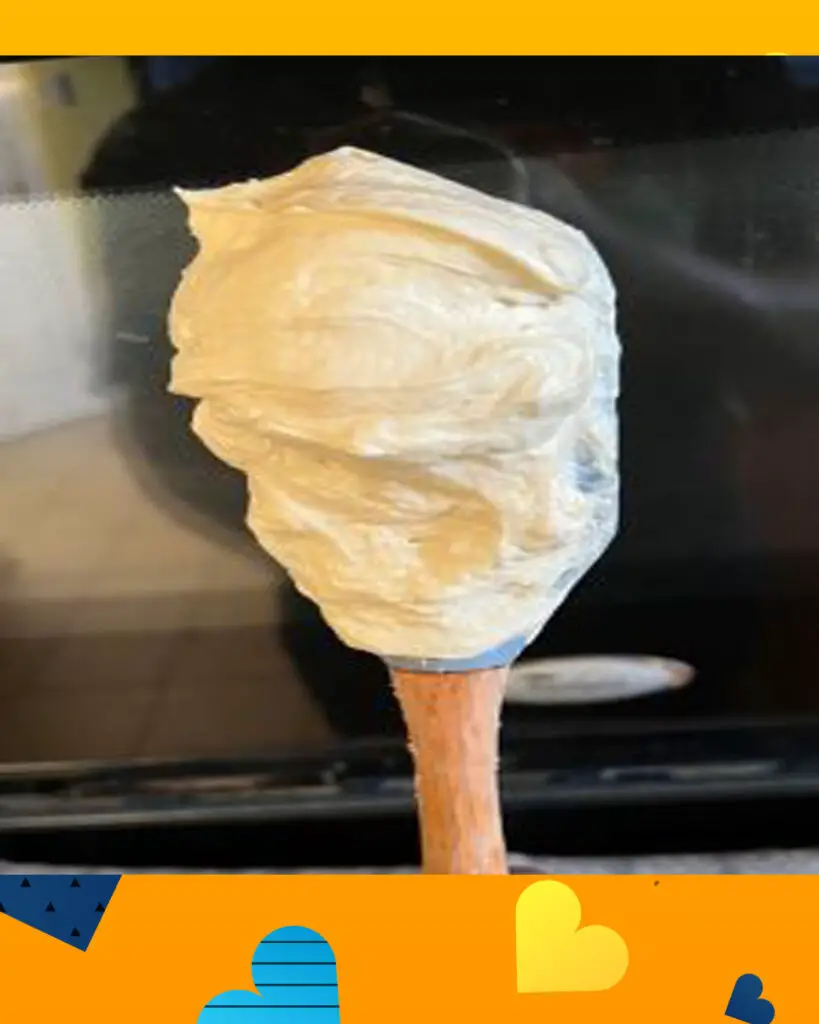
Tips to make perfect Ermine Buttercream
Making perfect Ermine Buttercream involves a few key tips and techniques to achieve a smooth and silky consistency. Here are some tips to help you create the best Ermine Buttercream:
1. Prepare Ingredients in Advance:
- Make sure your butter is softened to room temperature, and have all your ingredients measured and ready before you start.
2. Cook the Pudding-Like Base Properly:
- When making the pudding-like base, cook it until it’s thickened and has the consistency of a thick pudding or custard. Stir constantly to prevent lumps and ensure there’s no raw flour taste. Proper cooking is crucial for a smooth buttercream.
3. Cool the Base Completely:
- Allow the pudding-like base to cool to room temperature before adding it to the butter. Cover it with plastic wrap, pressing it directly against the surface to prevent a skin from forming.
4. Softened Butter:
- The butter should be softened but not melted. It should be pliable and easily creamed. If the butter is too cold, it can lead to a curdled appearance, while if it’s too soft, the buttercream can become too runny.
5. Gradual Incorporation:
- Add the cooled pudding-like base to the softened butter gradually, one spoonful at a time. Ensure that each addition is well incorporated before adding more. This helps prevent lumps and ensures a smooth texture.
6. Be Patient with Mixing:
- Continue to beat the mixture until it reaches a smooth, light, and fluffy consistency. This may take several minutes. Be patient, as proper whipping is essential for the desired texture.
7. Flavor with Extracts:
- Add flavor extracts, such as pure vanilla extract or other desired flavors, to enhance the taste of your Ermine Buttercream. Be mindful of the quantity to achieve the desired flavor without making it too intense.
8. Adjust Consistency:
- If your buttercream appears too soft, you can refrigerate it briefly to firm it up before rewhipping. If it’s too stiff, you can let it come to room temperature for easier mixing.
9. Customize with Colors and Flavors:
- You can customize Ermine Buttercream with gel food coloring or additional flavors. Gradually add color to reach your desired shade. Experiment with different extracts for various flavor profiles.
10. Store Properly: – If not using immediately, store the buttercream in an airtight container. If refrigerated, bring it to room temperature and rewhip it before using to restore its texture.
By following these tips, you’ll be well on your way to making perfect Ermine Buttercream that’s silky, smooth, and full of flavor.
How to serve
Ermine Buttercream is primarily used as a frosting for cakes and cupcakes, and it can be served in various ways to enhance the appearance and flavor of your baked goods. Here’s how to serve Ermine Buttercream:
1. Frosting Cakes:
- Use Ermine Buttercream to frost cakes of all shapes and sizes. You can create smooth finishes or textured designs, depending on your decorating skills and preferences.
2. Cupcakes:
- Ermine Buttercream is a popular choice for frosting cupcakes. You can use piping tips to create decorative swirls, rosettes, or other designs.
3. Layer Cakes:
- For layered cakes, use Ermine Buttercream between the cake layers to provide a flavorful and creamy filling. This adds an extra dimension to the cake’s texture and taste.
4. Filling for Pastries:
- Ermine Buttercream can also be used as a filling for pastries, such as cream puffs, éclairs, or sandwich cookies. Its silky texture complements the pastry layers perfectly.
5. Decorative Elements:
- Use Ermine Buttercream to create decorative elements on cakes, such as flowers, borders, or personalized messages. You can tint the buttercream with food coloring to match the theme of your event.
6. Complement with Fruit:
- Serve Ermine Buttercream with a side of fresh fruit, such as berries, to add a refreshing and colorful touch to your dessert.
7. Add Garnishes:
- Sprinkle garnishes like edible glitter, chocolate shavings, or sprinkles on top of your Ermine Buttercream for added visual appeal.
8. Customized Flavors:
- Customize the flavor of your Ermine Buttercream by adding extracts, zests, or other flavorings. This can complement the flavors of the cake or cupcakes you’re serving.
9. Display Creatively:
- For a stylish presentation, consider using a cake stand or dessert platter to display your creations. This adds an elegant touch to your serving presentation.
10. Match Occasion: – Customize the serving style to match the occasion. Whether it’s a birthday, wedding, or another celebration, tailor the decoration and presentation to suit the event.
Ermine Buttercream enhances the appearance and flavor of your baked goods and can be served in various ways to suit different desserts and occasions. Get creative with your decorating and presentation to make your treats even more inviting and delicious.
How to store
Storing Ermine Buttercream is essential to maintain its freshness and quality, especially if you’re preparing it in advance or have leftover frosting. Here’s how to store Ermine Buttercream properly:
- Airtight Container: Transfer the Ermine Buttercream to an airtight container with a tight-sealing lid. Ensure the container is clean and dry.
- Cover the Surface: Before sealing the container, cover the surface of the buttercream with plastic wrap or parchment paper. This extra layer helps prevent a skin from forming on the frosting.
- Seal Tightly: Seal the container securely to prevent air from entering. This keeps the buttercream from drying out or absorbing any odors from the refrigerator.
- Refrigeration: Ermine Buttercream should be stored in the refrigerator. It can typically be kept in the refrigerator for up to a week. If your kitchen is particularly warm, refrigeration can help maintain the buttercream’s stability.
- Bringing to Room Temperature: When you’re ready to use the buttercream, take it out of the refrigerator and allow it to come to room temperature. This can take anywhere from 30 minutes to an hour, depending on the quantity and the temperature of your kitchen.
- Re-Whip: After it reaches room temperature, re-whip the buttercream with a hand mixer or stand mixer to restore its smooth and fluffy texture. This step is crucial for maintaining the desired consistency.
- Storage Time: The refrigerated Ermine Buttercream is best used within a week of preparation for the freshest taste and texture. If you need to store it for an extended period, consider freezing it.
- Freezing (Optional): If you want to store Ermine Buttercream for a more extended period, you can freeze it. Transfer the buttercream to an airtight container or a heavy-duty freezer bag, ensuring it’s well-sealed. Label the container with the date.
- Thawing from the Freezer: To use frozen Ermine Buttercream, transfer it from the freezer to the refrigerator and let it thaw slowly. This helps prevent condensation, which can affect the texture.
Proper storage ensures that your Ermine Buttercream maintains its smooth and silky texture, making it ready for frosting and decorating cakes and cupcakes whenever you need it.
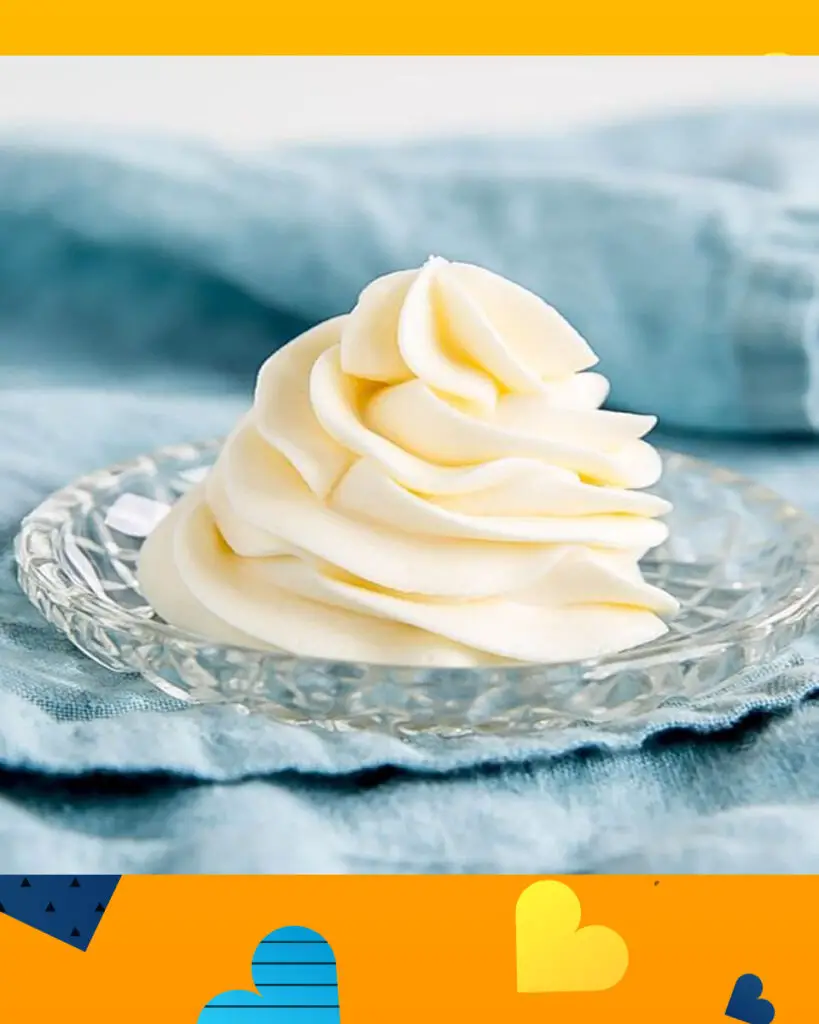
FAQ’s
1. Can I make Ermine Buttercream in advance?
- Yes, you can make Ermine Buttercream in advance. Store it in an airtight container in the refrigerator for up to a week, or freeze it for longer storage. When ready to use, bring it to room temperature and rewhip it to restore its smooth texture.
2. My Ermine Buttercream is lumpy. What should I do?
- Lumps can occur if the roux or milk mixture wasn’t adequately cooled before being added to the butter. Ensure the roux is at room temperature, and slowly add it to the butter while whipping to prevent lumps. If lumps persist, use a fine-mesh sieve to strain the mixture.
3. Can I color Ermine Buttercream?
- Yes, you can color Ermine Buttercream with gel or liquid food coloring. Add the color gradually until you achieve the desired shade. Remember that Ermine Buttercream tends to take color well, so you may need less than you think.
4. My Ermine Buttercream is too runny. How can I fix it?
- If your buttercream is too runny, it may be due to the roux being too warm when added to the butter. Try refrigerating the mixture for about 15-20 minutes to firm it up, then rewhip until it reaches the desired consistency.
5. Can I make chocolate Ermine Buttercream?
- Yes, you can make chocolate Ermine Buttercream by adding cocoa powder or melted and cooled chocolate to the roux before incorporating it into the butter. Adjust the amount to taste.
6. My buttercream is curdled. How can I salvage it?
- Curdling can happen if the butter is too cold when you add the roux. To fix it, try warming the mixture slightly by placing the bowl in a warm water bath and then rewhip. If it’s still curdled, you can strain the mixture to remove any excess liquid and then rewhip.
7. How should I store cakes or cupcakes with Ermine Buttercream?
- Cakes or cupcakes frosted with Ermine Buttercream should be stored in a cool, dry place. If you need to refrigerate them due to perishable fillings or hot weather, cover them to prevent drying. Allow them to come to room temperature before serving for the best texture.
8. Can I pipe decorations with Ermine Buttercream?
- Yes, you can pipe decorations with Ermine Buttercream, but it may not hold intricate shapes as well as stiffer frostings. It’s great for swirls, rosettes, and simple decorations.
Ermine Buttercream is a versatile and delicious frosting with a unique method of preparation. These FAQs and troubleshooting tips should help you address common issues and achieve a perfect Ermine Buttercream for your cakes and cupcakes.
Happy baking!

